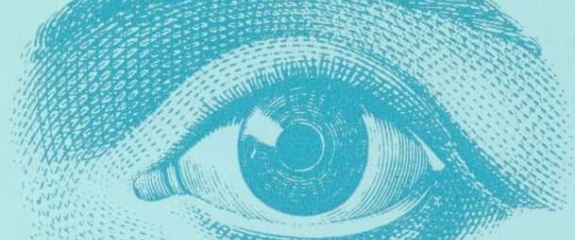Reading emotions based on your eyes

We use the information we get from the eyes of others' - whether they're widened or narrowed - to infer emotional states. The inferences we make align with the optical function of those expressions, according to new research published in Psychological Science [1]. The research implies, for example, that people consistently associate narrowed eyes - which can enhance visual discrimination - with discrimination-related emotions including disgust and suspicion. The authors believe that their findings show that how we see directly relates to how others see us, through our facial expressions.
Although the idea that our facial expressions communicate emotion isn't new the authors wanted to understand how our expressions came to communicate so many complex emotions and mental states. They relate how their thinking fits with theori postulated by Darwin on how expression appearance evolved to have a sensory function for the sender showed how it also co-evolved to have communication function for the receiver.
Opening our eyes wide boosts visual sensitivity by allowing more light in, helping us to see any threats that might lurk nearby. Narrowing our eyes to a squint, on the other hand, can increase visual acuity, helping us to discriminate fine details. The authors hypothesized that these opposing types of expressions, which originated for optical purposes, may have been co-opted for social purposes, operating as signals of conceptually related mental states. Using photos of faces included in widely-used databases, the researchers created average exemplars of six expressions (i.e., sadness, disgust, anger, joy, fear, surprise). Twenty-eight volunteers were ask to take part in a study. On each trial, participants saw a pair of eyes (one of the six exemplars) and a word representing a specific mental state. Volunteers rated the extent to which the mental-state term described the eye expressionover 600 times.
The researchers analyzed how these mental state perceptions made by the volunteers related to specific eye features: the openness of the eye; the distance from the eyebrow to the eye; the slope and curve of the eyebrow; and wrinkles around the nose, the temple, and below the eye.
The data showed that the eyes really do provide a strong signal of emotional state. People consistently matched the eye expressions with the corresponding basic emotion, rating 'fear' as a strong match for the fear eye expression, for example. These ratings were reliably higher than those for other mental states paired with the same eye expression. Further analyses examined relationships between specific eye features and mental states and revealed four distinct clusters, two of which aligned with eye-narrowing and eye-widening features. The eye-narrowing cluster was associated with mental states related to social discrimination, including hate, suspicion, aggressiveness, and contempt. The eye-widening cluster was associated with mental states related to information sensitivity, including awe, anticipation, cowardice, and interest.
The fact that these two clusters associated so strongly around eye widening and narrowing surprised the researchers. Human expressions are highly complex and estimates suggest facial muscles can adopt at least 3.7 x 10 to the power 16 different expression combinations - equivalent to winning the lottery twice.
[1] Daniel H. Lee et al, Reading What the Mind Thinks From How the Eye Sees, Psychological Science (2017). DOI: 10.1177/0956797616687364


